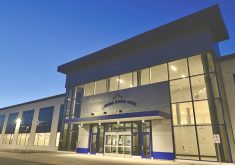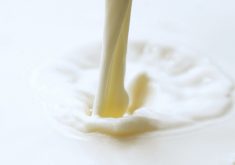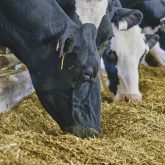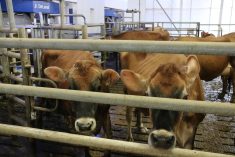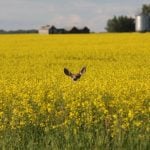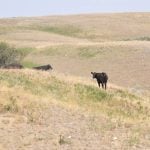Glacier FarmMedia – A first in Canada new milk concentration plant will reduce transportation costs for dairy farmers in western Canada by about $15 million per year.
Western Milk Pool chair Henry Holtmann said a tour of the under-construction Dairy Innovation West facility this summer a “day of celebration.”
Why it matters: A lack of dairy processing is a challenge across the country and western Canadian dairy farmers have chosen to help solve it by funding a plant themselves.
Read Also
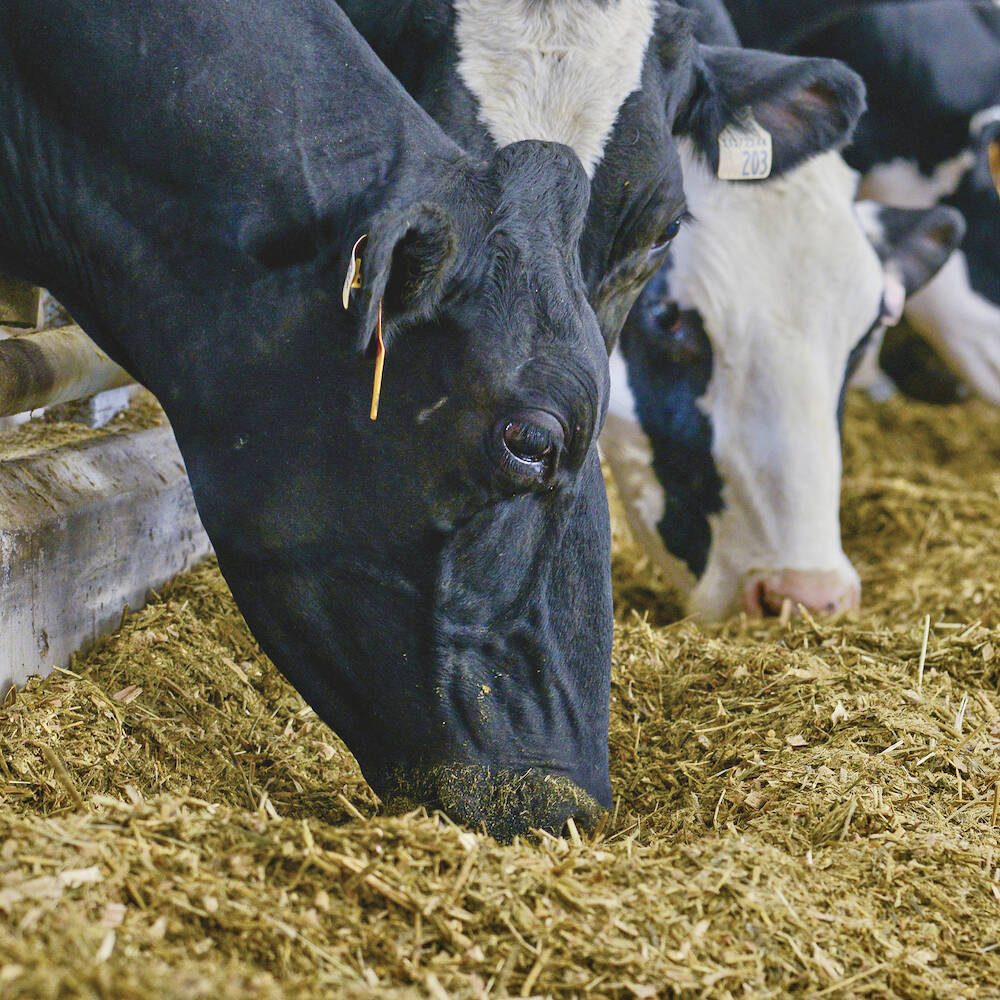
Byproducts with benefits for dairy cows
Local food processors can be a source of financially advantageous byproducts for dairy cows, but make sure the ration is properly balanced.
Those behind the unique milk processing plant in central Alberta’s Lacombe County have much to celebrate. Over the past five years, the five provincial organizations under the Western Milk Pool have overcome regulatory barriers and a pandemic and now the $75 million facility is set to open in spring 2025.
Pool members include Dairy Farmers of Manitoba, SaskMilk, Alberta Milk, B.C. Milk and B.C. Dairy.
But the biggest reason for celebration, said Holtmann, is that so many diverse groups cooperated over a long time to realize the dream.
“That’s actually the achievement we’re really celebrating. It’s not just the building of the plant. It’s the fact that people, when they see a vision and they can attach to it, you can really collaborate and actually see it come to fruition.”
The tour featured a who’s-who of local politicians and other stakeholders including RJ Sigurdson, Alberta minister of agriculture and irrigation.
Said Holtmann, “I think this is something that’s a little different. It’s not just oil and gas or whatever but they want to see more expansion in agriculture and the value-added side of things.”
Dairy Innovation West (DIW) will be a first-of-its-kind-in-Canada milk concentration facility. It has two key objectives: supporting dairy processing expansion in Western Canada; and reducing transportation costs for producers. It will be able to accommodate up to 300 million litres of milk per year.
The pool touts the facility, and the more efficient transportation system it will enable, as a key way to reduce the western Canadian dairy industry’s environmental footprint.
Today, Alberta dairy farmers produce more milk than local processing can handle, sometimes requiring milk to be shipped on the producer’s dime as far west as Abbotsford, B.C. or as far east as Manitoba for processing.
The new facility will accommodate this milk, and will use reverse osmosis (RO) and ultrafiltration (UF) to make reverse-osmosis concentrated whole milk, concentrated skim milk, ultrafiltered whole and skim milk, milk protein isolate concentrates (important for cheesemaking), milk permeate concentrate and cream.
Those products will then be transported to an end-use plant, where they will be processed into cheese, butter, yogurt, high quality milk proteins and other dairy products.
This is expected to take 4,500 trucks and their emissions off the road and save producers an estimated $15 million per year in transportation costs. The milk pool has not yet quantified the amount of greenhouse gas this strategy will eliminate, but it’s in the works, said Holtmann.
“We are going to do that piece of work so that we know exactly what we can contribute, other than just trucks off the road. And we think there’s some value in that in many different forms.”
Holtmann described the project as a “build it and they will come” approach to attract processing capacity to Alberta. He envisions that end-use processors will expand, enabled in part by the services DIW will offer.
“They’re saying ‘I don’t need to put all this equipment in to do this piece of work like remove the water or concentrate the proteins. I can receive this product and incorporate it into my production stream and save on some of the capital costs,’” said Holtmann.
Although a cost recovery fee will be charged to processors that benefit from the DIW’s services, Holtmann said this will help processors of all sizes that otherwise would have to build their own reverse osmosis and ultrafiltration infrastructure.
“That work doesn’t come for free, but it helps them not have to invest in all the equipment and … smaller- or medium-sized processors may not have that capacity to do that piece.”
Holtmann said cost recovery fees will vary depending on the product and the agreements companies sign.
As far as full-scale processing plants in Alberta are concerned, Holtmann said there’s been a lot of “tire kickers” but not much commitment to build. Having DIW in the mix is the next best thing, he said.





